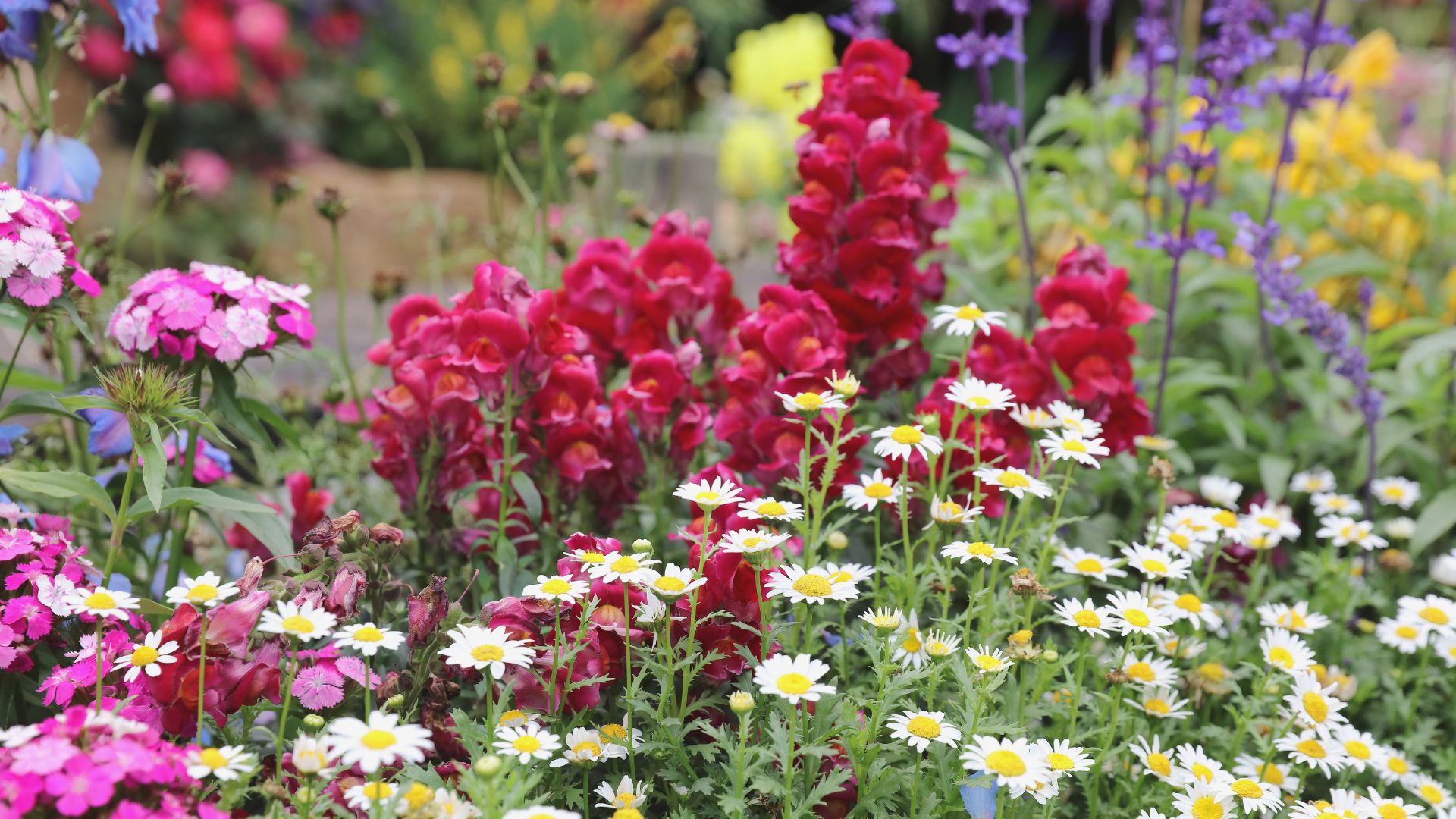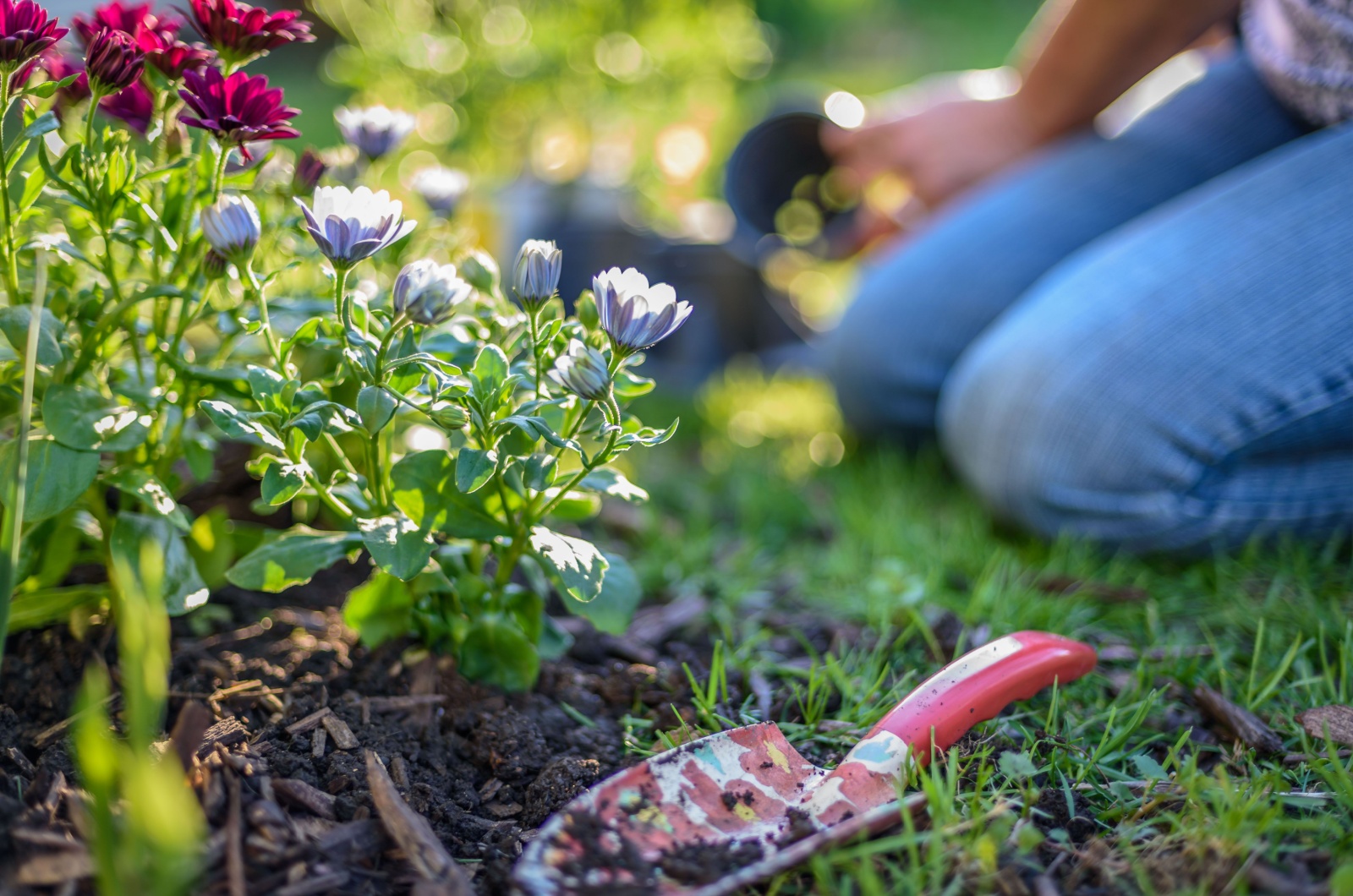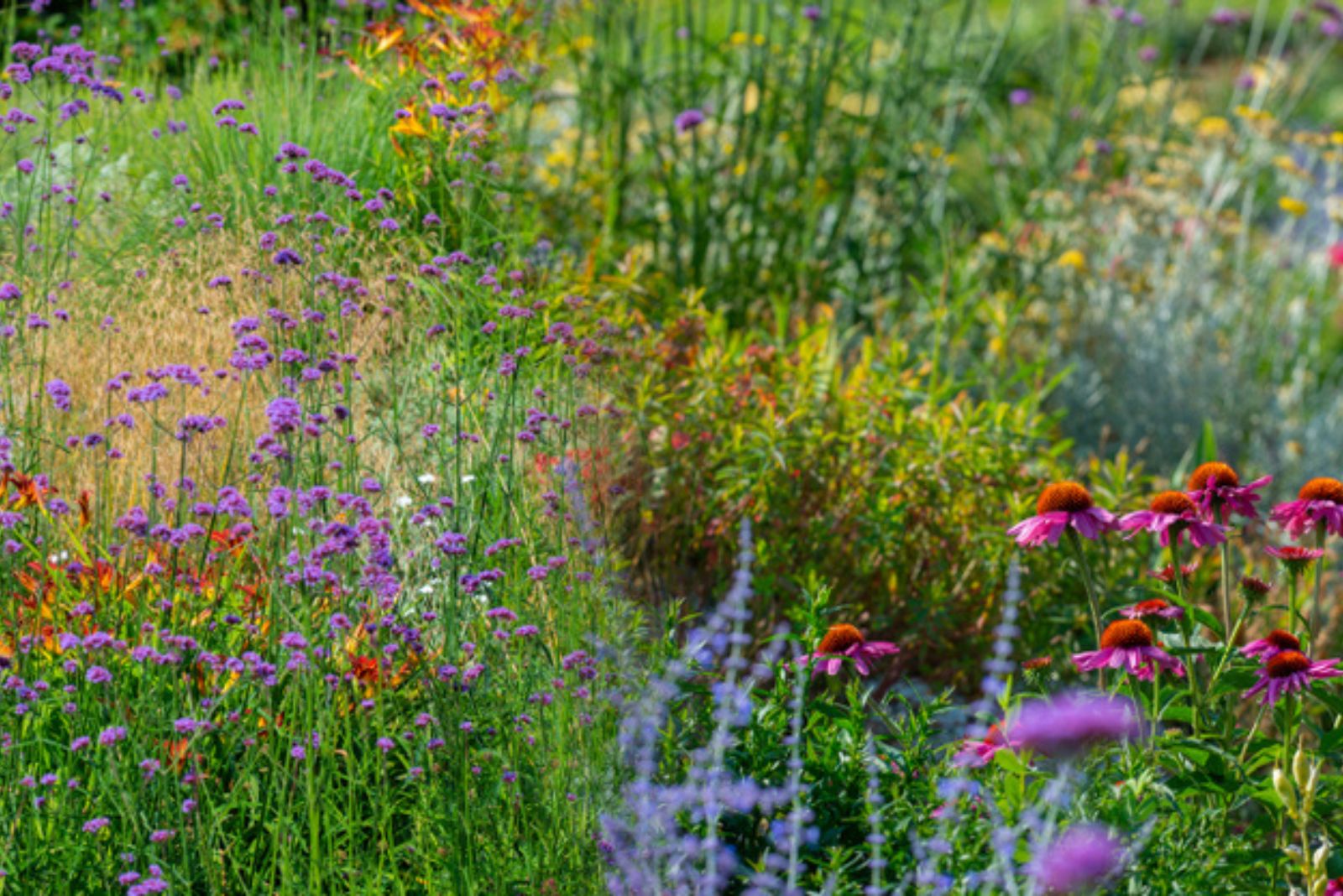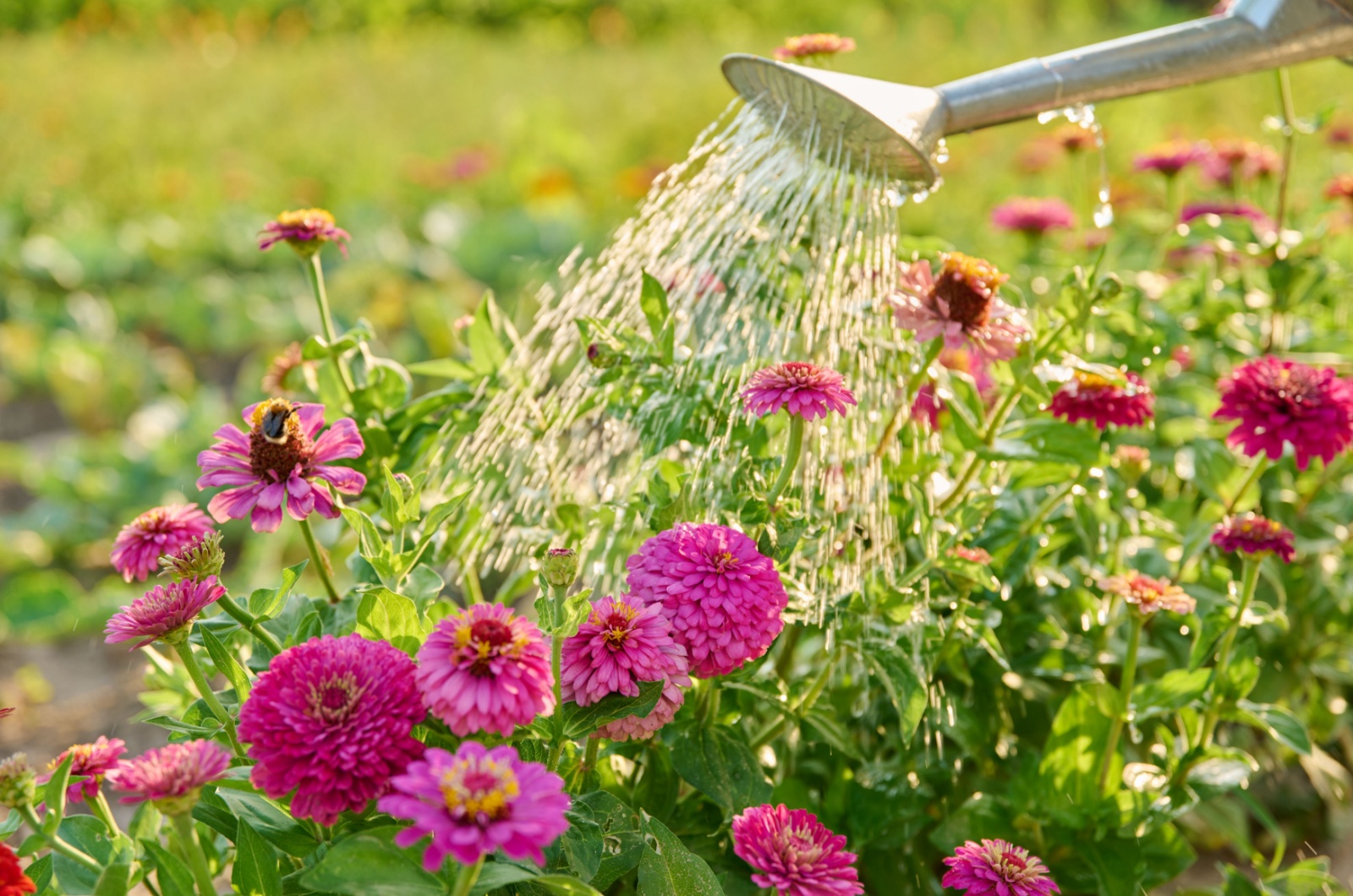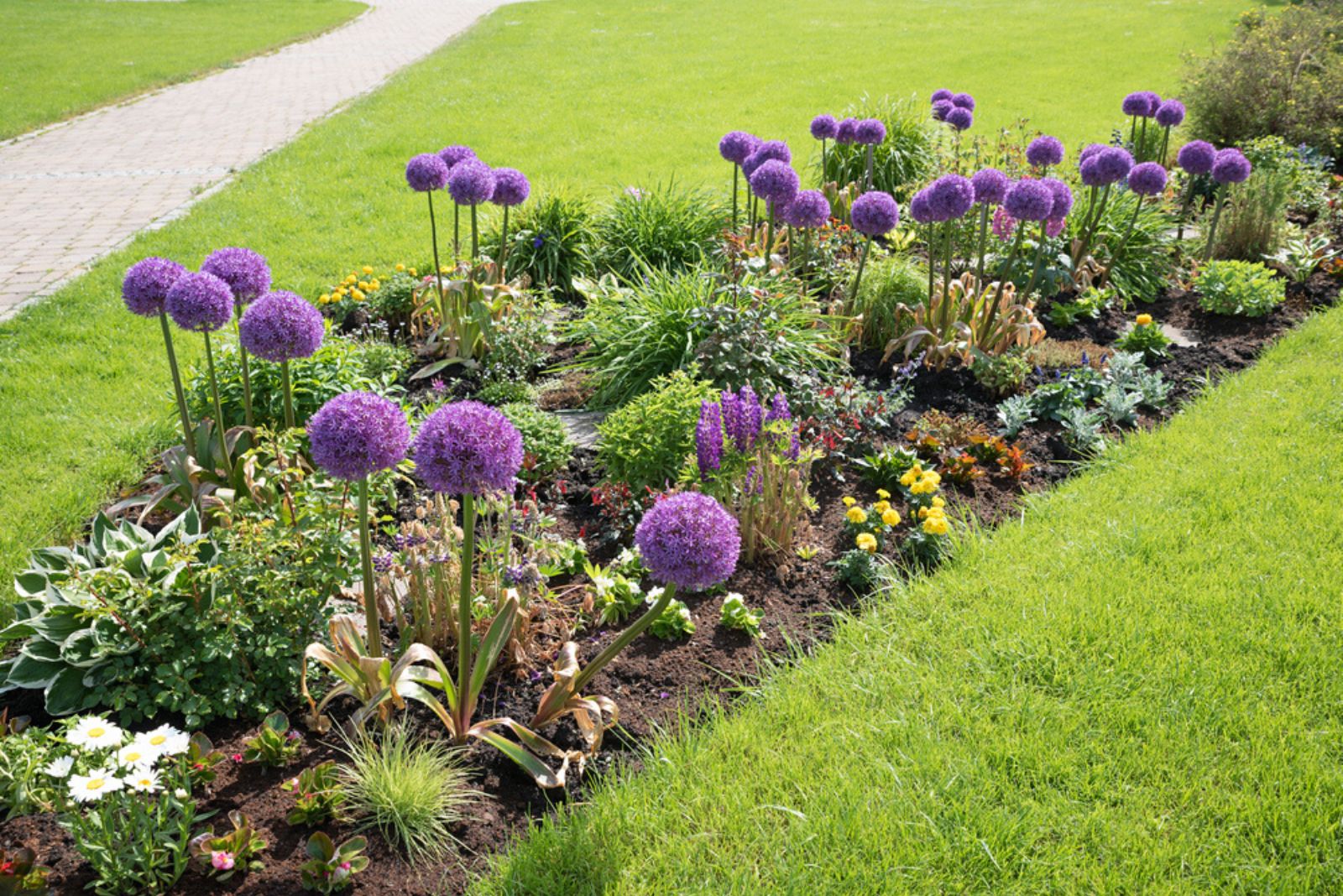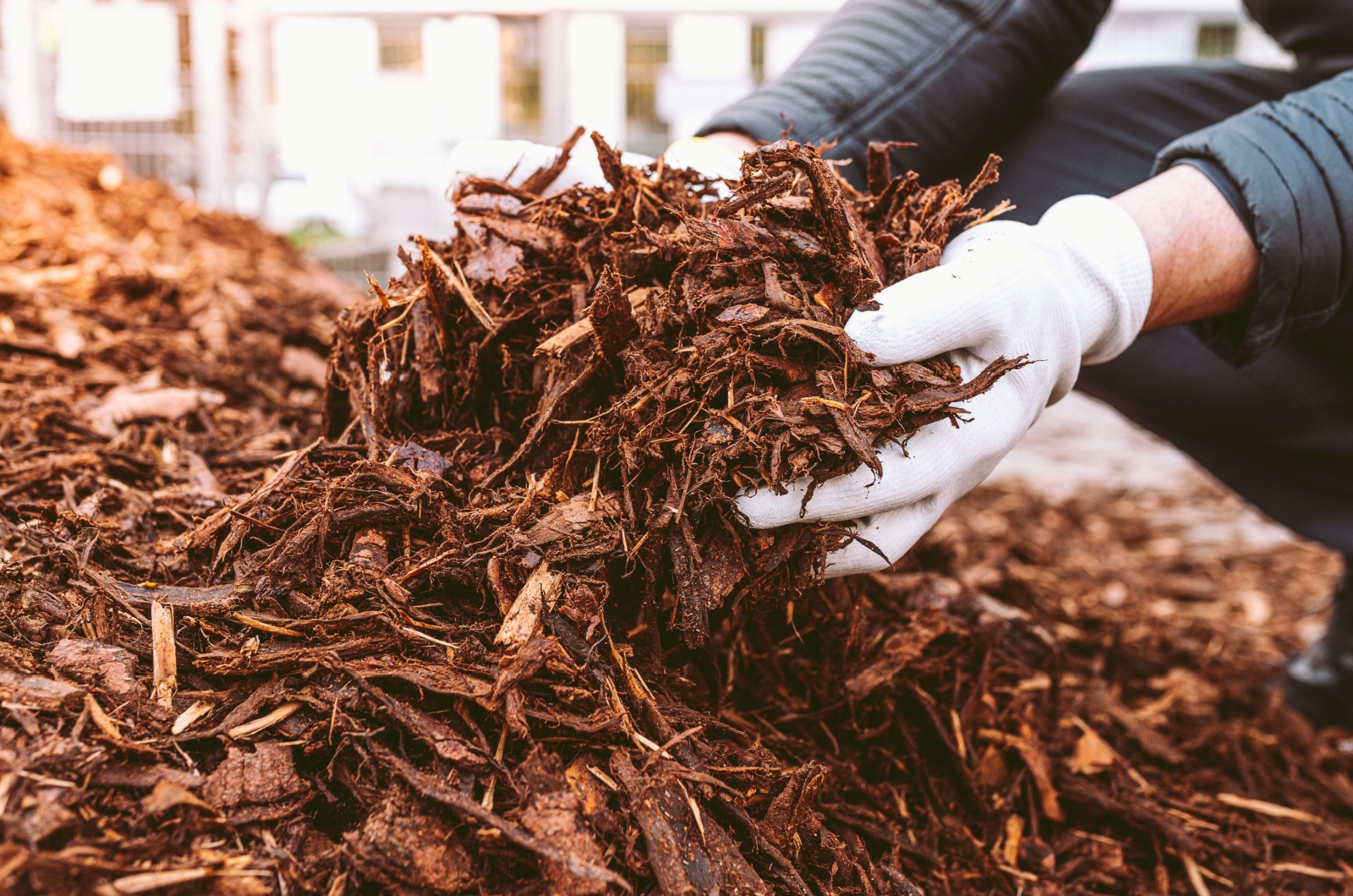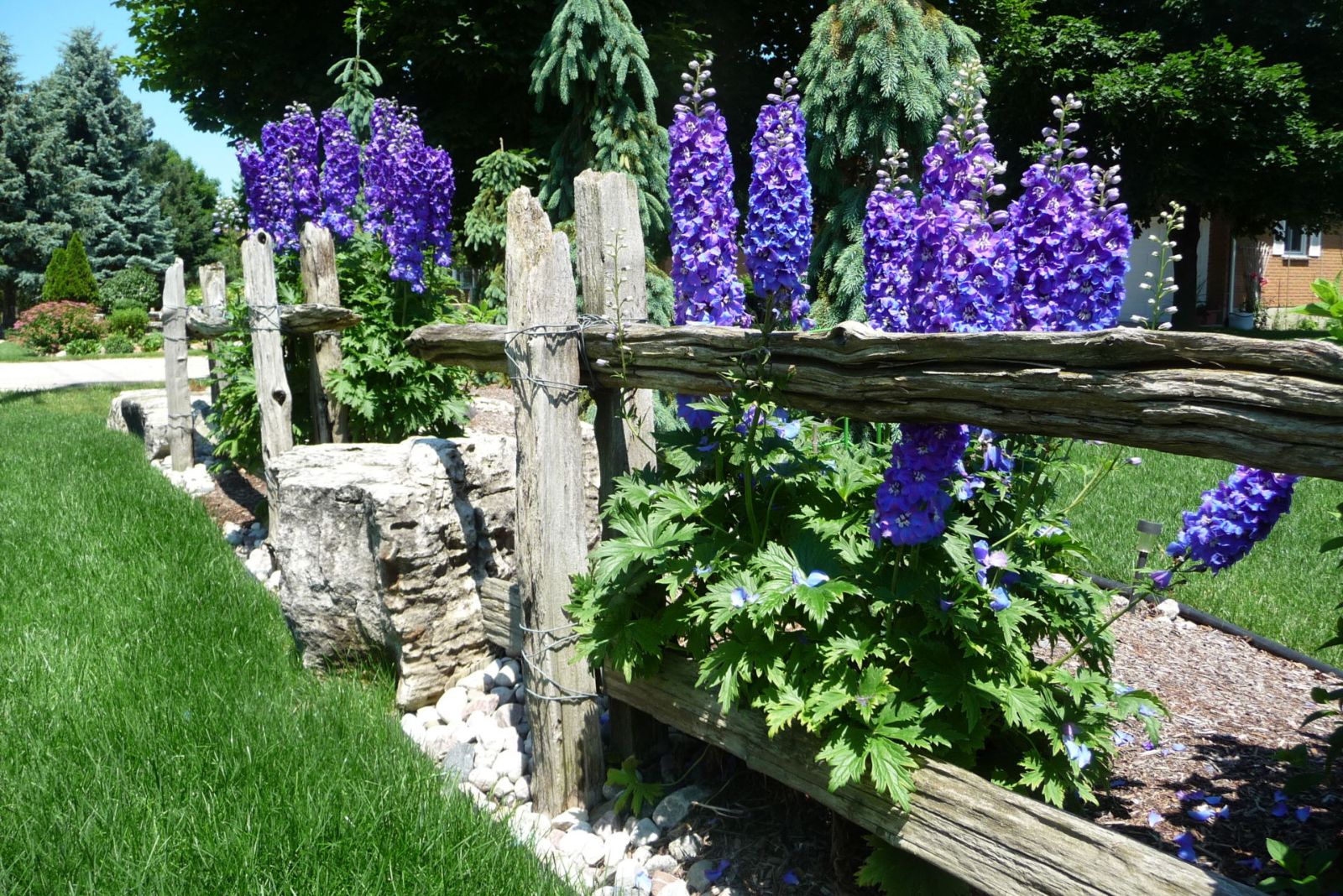Planting perennials in the garden is always an excellent choice because these plants don’t require much to thrive and will produce an abundance of blossoms even with a bit of neglect.
However, this mainly refers to properly planted perennials. I mean, these plants come back year after year on their own which means you can’t fix what you did wrong when starting them.
I’ll show you the most common perennial planting mistakes and how to avoid them in order to get a garden healthier and prettier than ever.
Let’s get started!
Choose An Appropriate Location
Selecting the right location when planting perennials will make things so much easier in the future. Remember that the spot where you plant your perennials is permanent; you can’t plant them wherever you want but rather must choose the spot based on the plant’s needs.
Here are the things to consider when choosing a spot for your perennials.
1. Light exposure: Plants can’t live without light and may suffer from stunted growth if there’s not enough sun exposure. Some perennials can’t generate blossoms if they lack light.
On the other hand, too much light can scorch the leaves of some of your perennials and will ruin your flower beds.
2. Type of soil: Many perennial species aren’t fussy over soil types, but some don’t have this adaptability. Therefore, you should research the type of soil the plant you intend to grow requires.
If you have poor soil in your garden, consider adding nutrient-rich ingredients, such as compost or organic matter before planting.
3. Soil drainage: Some perennials prefer overly wet soils while others thrive in drier soil types. You should first determine the moisture retention of the soil in your garden and then select a perennial species.
Alternatively, amend your soil with some materials that improve drainage, such as perlite, pumice, or coco coir.
Pay Attention To Plant Hardiness
Many people who start perennial gardens don’t check the hardiness zones for specific plants.
The USDA has created a guide on the planting dates and perennial species to select for a particular region. As you may know, North America has different climate zones and the guide tracks the lowest temperature certain plants can withstand.
Why is this so important? Well, if you live in USDA zone 4 and you select a perennial that’s hardy in zones 7 and above, it is less likely to develop healthily.
So, your main goal is to select the species that are hardy in your region.
A USDA Plant Hardiness Zone Map will help you determine your zone so it will be easier for you to choose the plants that will thrive in such conditions.
Meet Basic Requirements
Most gardeners will say that these plants are super easy to maintain. Yes, that’s true but you can’t really neglect them completely and expect them to perform well. You must meet their basic requirements!
Each plant thrives in different conditions, so you should check that too when selecting your perennials.
Your garden will need weeding and you’ll need to water your plants and apply mulch. These are the tasks you can’t really avoid unless you want your garden to fail.
Removing weeds from your garden isn’t done to enhance appearance but rather to prevent problems these species can create.
Weeds can steal nutrients from your perennials and occupy space, which affects growth significantly.
Consider planting some weed-eliminating plants; they’ll help you get rid of these nuisances and add a special touch to your outdoor space.
Do Not Overcrowd
Another mistake we often make is planting our perennials too close to each other. Honestly, I understand why gardeners do this, I mean seeds as well as nursery-bought transplants are so tiny and who would guess they could develop into large plants?
Remember that some perennials take a lot of time to develop fully so we should consider their expected full size when planting them.
Overcrowding leads to many issues, and in most cases you’ll need to either dig up the adult plant or keep trimming it so that it can fit in the little space.
Additionally, many of us plant our perennials near surrounding houses, buildings, pathways, or other structures so we struggle when they start growing larger.
The mature height of our plants isn’t the only problem; we should also consider the expected width.
If a perennial plant doesn’t have enough space to spread, it can suffer from poor growth and become more susceptible to infections. The additional problem is that you put all the other plants in danger.
Pests also become more of a problem since it becomes easier for them to jump from one plant species to another.
All you need to do is check the plant tag or label on the seed packet before purchasing. It contains the expected height and width of the plant so you can plan the spacing ahead.
For instance, lavender will need spacing of about 12-18 inches between each plant based on its expected size.
Your garden may look ‘empty’ at the beginning due to a lot of space between each perennial but don’t worry, it will fill as the plants develop.
Apply Mulch
Mulching will definitely make your gardening experience easier. It has many benefits, such as weed suppression, moisture retention, and regulation of soil temperatures.
You should pay attention to a couple of things. The first one is the thickness of the mulch when applying it. Never apply less than 2-3 inches over the surface of the soil because it won’t have any effect.
On the other hand, too much is also not good. Too thick a layer of mulch can suffocate your perennials, obstructing the air and water flow.
Last but not least, pay attention to where you put mulch. It should never be too close to the crown or the stems of your garden plants. It can suffocate them so leave approximately 3-4 inches of space.
Remember that this material doesn’t last forever; it breaks down so you’ll need to reapply it the next season.
Even though this task isn’t really fun and requires some effort, think about its benefits in the long run. It improves garden soil so it definitely pays off and you’ll be glad you did it when you see healthy and happy plants.
You can also add a layer of mulch during the winter if you live in cooler climates. It will protect your plants from cool temperatures.
Tips For A Thriving Perennial Garden
There’s always room for improvement. Here are some of my tried-and-true tips that will get you a flourishing perennial garden!
• Check how tall your perennials can get. It won’t look good if you planted some short perennials and they get hidden by taller ones. I recommend planting taller varieties at the back so that all blossoms are visible during the season.
• Select species that produce flowers at different times. Even though it would be great to have a spectacular color display all at once, some flowers don’t last long. The best would be to combine perennials for fall and summer for a continued bloom display.
• Go with longest-blooming perennials. If you don’t want to spend time researching the blooming season of your perennials, simply choose the ones that bloom all season long!
• Don’t forget to deadhead spent blossoms. When some blooms fade it would be better to pinch them off to improve the appearance of your garden. However, that’s not the only benefit of deadheading.
This technique will help your perennial plant to focus its energy on producing more blossoms instead of going to seeds.
• Stake your tall perennials or attach them to trellises. If you grow some unsteady and tall species, such as peonies, delphiniums, or hollyhocks, you need to ensure structural support. Their stems or roots can break so stake them before they reach maturity.
• You can plant these species in both spring and fall. Even though many of us prefer starting our perennial gardens in spring, this isn’t obligatory. The fall is coming near, so you can use it to add new species!
• Start your perennial garden from seeds or transplants. Interestingly, both methods have their benefits. Purchasing young transplants from local nurseries will give you already-established plants that will adapt easier to your garden conditions.
If you want to save some money, buy seed packets. Yes, it takes more time for the plants to establish well, so choose the method wisely.
• Don’t overfertilize. Supplemental feeding isn’t necessary for most perennial species. However, occasional feeding may lead to the healthier development of some perennial plants.
But I recommend adding fertilizer only when you notice your plants don’t perform well and could use a nutrient boost. Performing a soil test before starting your perennial garden will help you avoid issues with nutrients and pH.
• Combine flowering and foliage perennial species. We’re kinda used to seeing only flowering perennials in gardens but if you want to add a special touch and some texture, consider adding some foliage plants.
Now that you know the most common mistakes when planting perennials and how to avoid them, there’s no reason why you shouldn’t have a spectacular display of colors and textures the next season! Also, use our tips for maintaining perennial gardens and enjoy the view!

